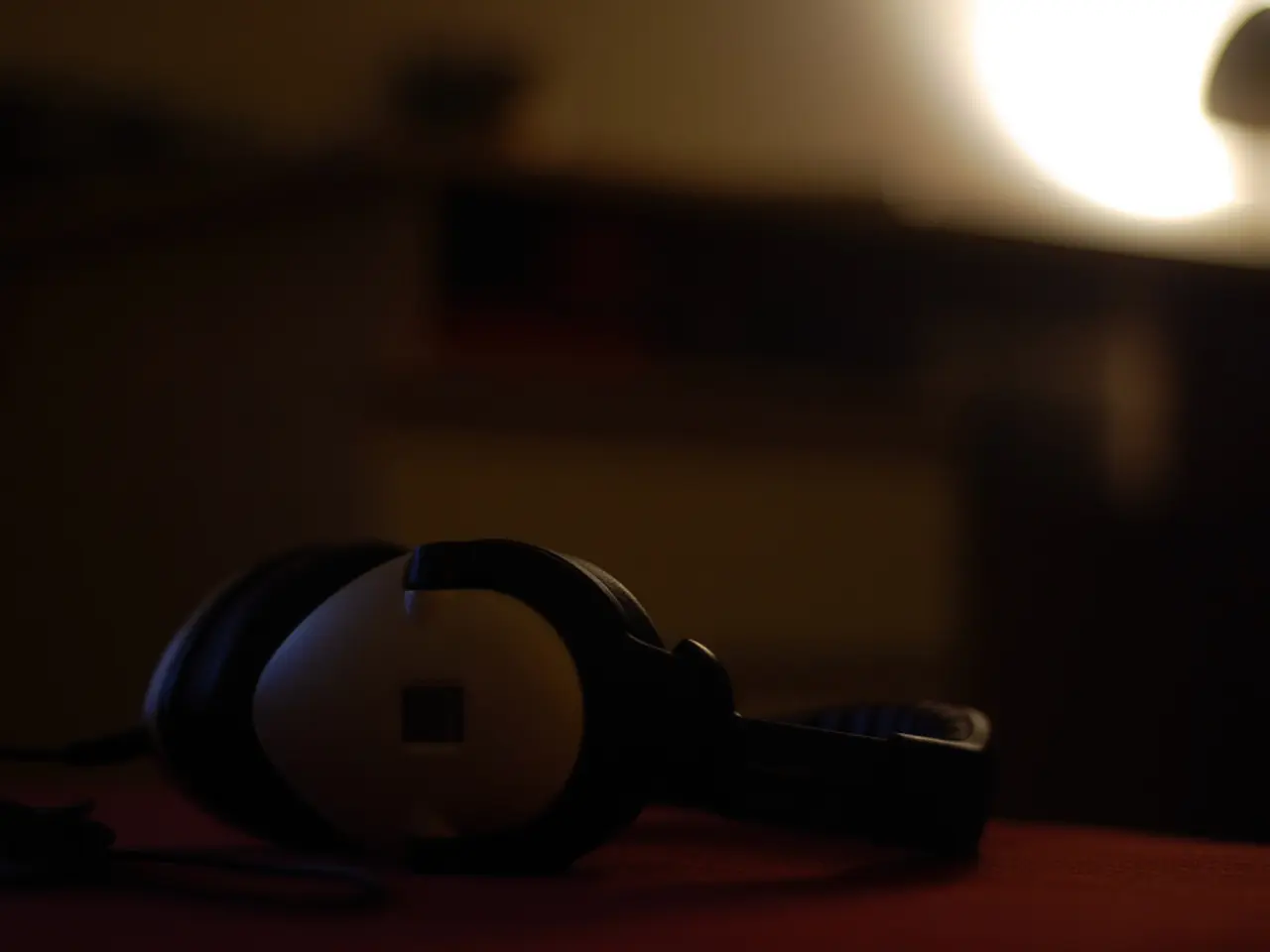Debating Audio Comfort: Is Wearing Over-the-Ear Headphones More Beneficial Than In-Ear Models?
In the realm of personal audio devices, the debate between on-ear and in-ear headphones often arises, with ear health being a significant factor. A recent study suggests that on-ear headphones may be healthier for your ears than their in-ear counterparts, but both types have their own risks related to hearing damage.
### Why On-Ear Headphones Might be Healthier for Ear Health
On-ear headphones rest on the outer ear instead of entering the ear canal, which means they do not create the same pressure or block airflow inside the ear canal as in-ear headphones do. This design reduces the risk of heat and moisture buildup, thereby lowering the chances of bacterial growth and ear infections.
In-ear headphones, on the other hand, insert directly into the ear canal, sending sound waves closer to the eardrum. This proximity can potentially increase the risk of hearing damage if the volume is too high due to direct exposure.
### Shared Risks to Consider
Regardless of the type, prolonged use of headphones, especially at high volumes, increases the risk of hearing loss. Studies show many headphone users develop subclinical hearing loss due to extended or frequent use.
In noisy environments, people may raise the volume on either on-ear or in-ear headphones to drown out background sound, which increases the risk of hearing damage.
### Comparing On-Ear and In-Ear Headphones
| Feature | On-Ear Headphones | In-Ear Headphones | |------------------------------|------------------------------------|------------------------------------| | Ear Canal Pressure | No pressure inside ear canal | Direct pressure inside ear canal | | Airflow and Moisture | Some airflow, less moisture buildup| Sealed, less airflow, more moisture| | Risk of Ear Infections | Lower due to ventilation | Higher due to trapped moisture | | Risk of Hearing Damage | Present if volume too high or used long| Present due to direct sound waves at high volume| | Portability | Moderate size, wearable over ear | Highly portable, fits inside ear |
### A Healthier Alternative: Open-Ear Headphones
For an even healthier option, open-ear headphones, which neither cover nor enter the ear, use bone conduction and air conduction technology to transmit sound. These can eliminate ear canal pressure and significantly reduce risks of ear pain and infections while maintaining comfort over long periods.
### Maintaining Ear Health with On-Ear Headphones
To minimize the risk of earwax buildup with on-ear headphones, it's essential to clean them regularly and practice good ear hygiene. On-ear headphones are designed to be worn for extended periods, but it's essential to take regular breaks to give your ears a rest.
In conclusion, on-ear headphones are generally healthier for ear health than in-ear headphones due to better airflow and less ear canal pressure, reducing risks of infections and discomfort. However, the risk of hearing loss primarily depends on volume levels and listening duration, which applies to both types equally. For the healthiest option, consider open-ear headphones or ensure safe listening habits with any headphones.
Sound quality in on-ear headphones might not be as affected by science related to medical-conditions, such as ear infections or hearing damage, compared to in-ear headphones. On-ear headphones, being positioned on the outer ear, offer better health-and-wellness benefits, like preventing heat or moisture buildup and reducing the risk of ear infections. However, the risk of hearing damage exists with both types, especially when the volume is high or listening periods are prolonged.




